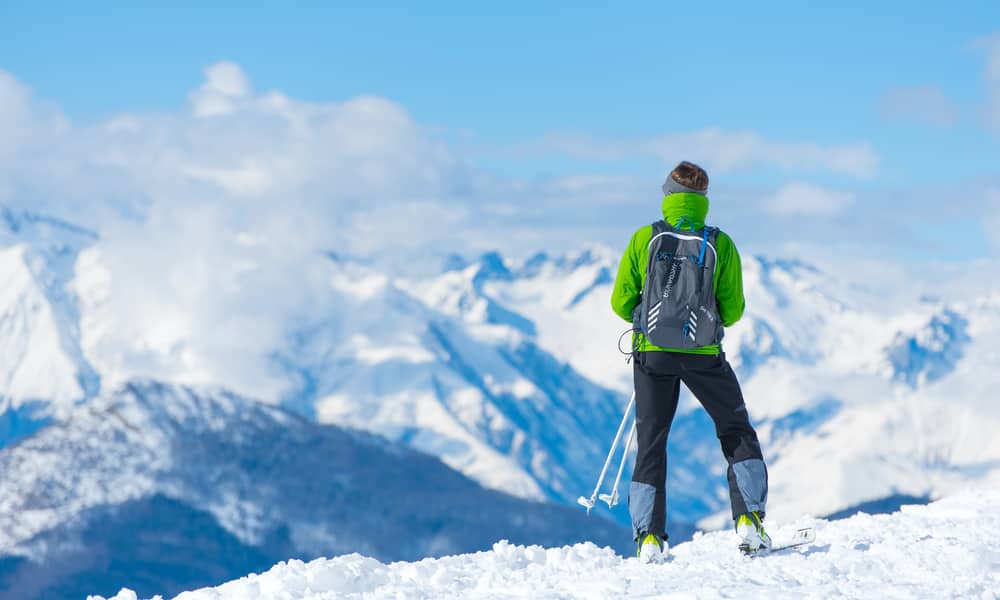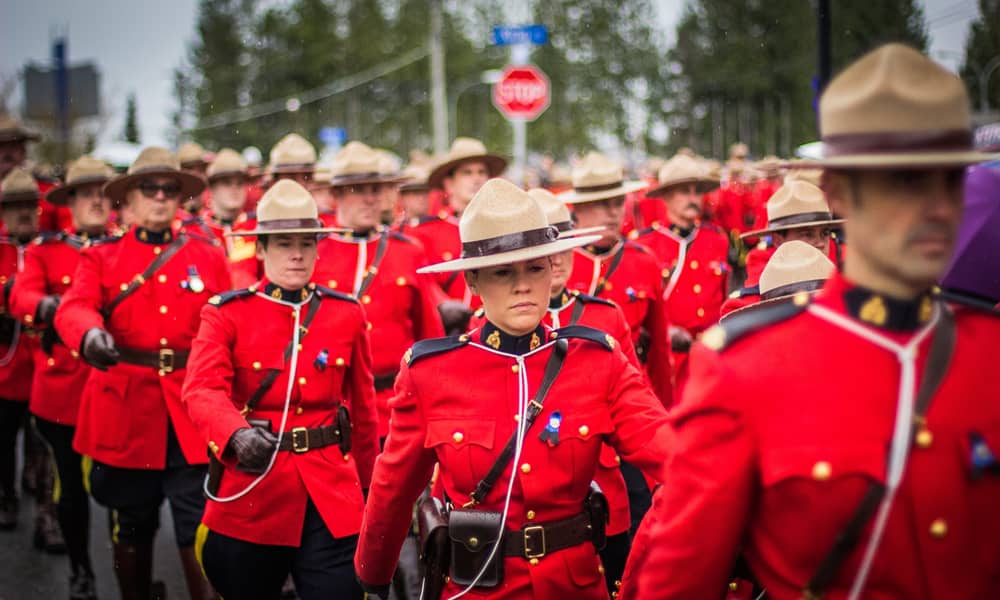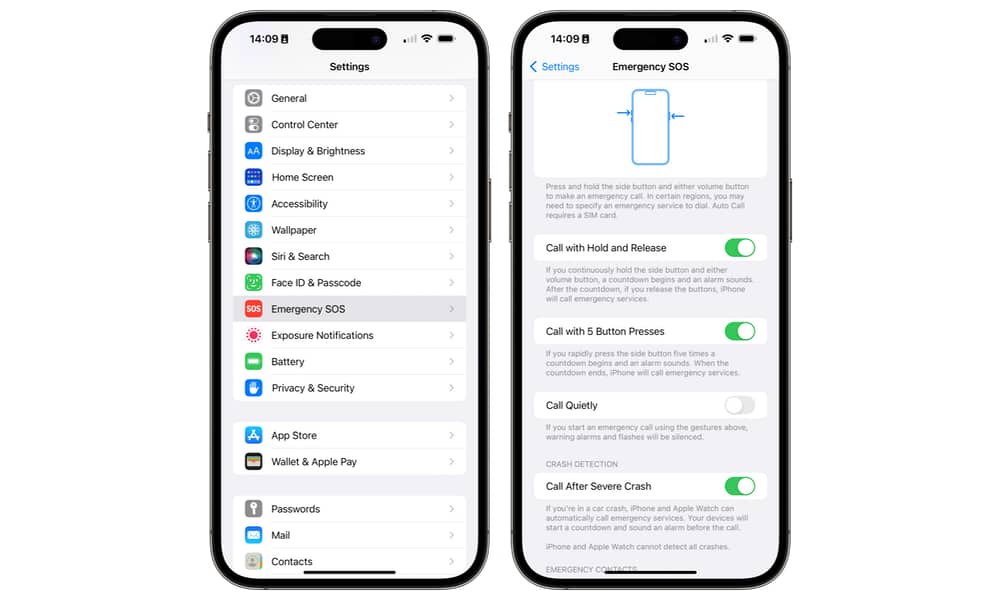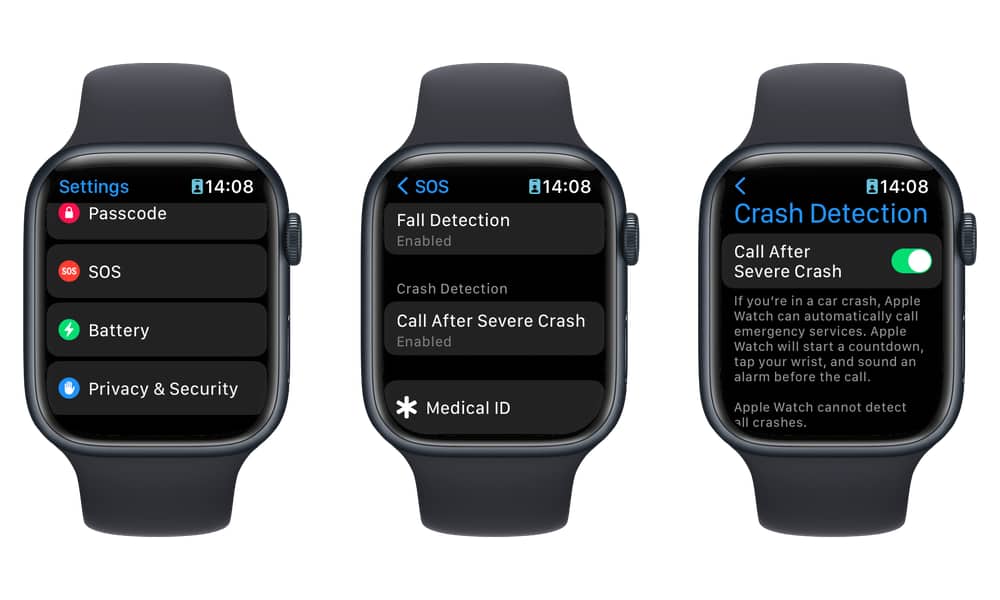The Canadian Mounties Are Telling Skiers to Disable iPhone 14 Crash Detection | Here’s How to Do That
 Credit: Alessio Soggetti / Unsplash
Credit: Alessio Soggetti / Unsplash
Toggle Dark Mode
Although Apple is working to improve the Crash Detection algorithms on the iPhone 14, it seems that they’re still creating problems for skiers and emergency services personnel on both sides of the border.
It’s become a serious enough problem in parts of British Columbia that the Royal Canadian Mounted Police (RCMP) has issued an official bulletin to advise users of newer Apple devices to turn this feature off if they’re planning a ski trip.
According to the release, which was recently issued by the Comox Valley RCMP detachment, multiple frontline members of the RCMP and other emergency services spent quite a bit of time “looking for a car crash up at Mt. Washington that didn’t exist.”
When the dust settled, RCMP constables discovered that the 911 call had come from a skier’s Apple Watch after they took a fall.
The fire department, emergency health services and police all got the call for a car crash; however, after combing the area determined that nobody was in distress and there was no crash. Police were able to confirm that the 911-call came from an Apple watch after a skier took a fall.Royal Canadian Mounted Police
Unfortunately, rather than triggering the well-known Apple Watch Fall Detection feature, which would have sent a more accurate 911 call to emergency services, the Apple Watch decided that the skier had been in a car crash instead, sending emergency responders on a wild goose chase.
To make matters worse, sending out a crash detection alert in cases like these could be even more serious. A skier rendered unconscious after a fall might not be located as quickly as emergency responders are busy looking for a crashed vehicle instead.
The RCMP bulletin is asking users to disable crash detection if they are going skiing or snowboarding with others in a popular area — or at the very least, to double-check their device after a fall to ensure that it did not inadvertently call 911.
In the announcement, Constable Monika Terragni also emphasizes that it’s “important to keep your device up-to-date with the latest operating system as developers continue to tweak this feature.” According to the release notes for iOS 16.3.1, which came out earlier this week, Apple has made some improvements, so these types of false alarms may have already been solved, but until we’re sure, it’s probably better to err on the side of caution.
How to Disable Crash Detection
The RCMP bulletin doesn’t go into detail on how to disable crash detection, but fortunately, it’s quite simple — and it’s good advice whether you’re skiing in Canada or the U.S. Here’s how to turn it off on your iPhone 14 or iPhone 14 Pro:
- Open the Settings app.
- Scroll down and select Emergency SOS.
- Toggle off Call After Severe Crash.
If you have an Apple Watch Series 8 or Apple Watch Ultra, you’ll need to toggle it off separately for your wearable:
- Either open the Settings app on your Apple Watch or the Watch app on your iPhone.
- Select SOS (Apple Watch) or Emergency SOS (iPhone).
- Toggle off Call After Severe Crash.
Since both of these settings are independent of each other, you only need to toggle it off on whatever device you’re taking with you on your skiing or snowboarding excursion. If you leave your iPhone 14 behind at the chalet, you can leave Crash Detection on to ensure it’s available for your trip home.
Turning off Crash Detection doesn’t impact the Apple Watch’s Fall Detection feature. That will still be active unless you toggle it off separately, but the good news is that it may be more helpful as you want to ensure that a severe fall gets reported as an actual fall and not a car crash.










